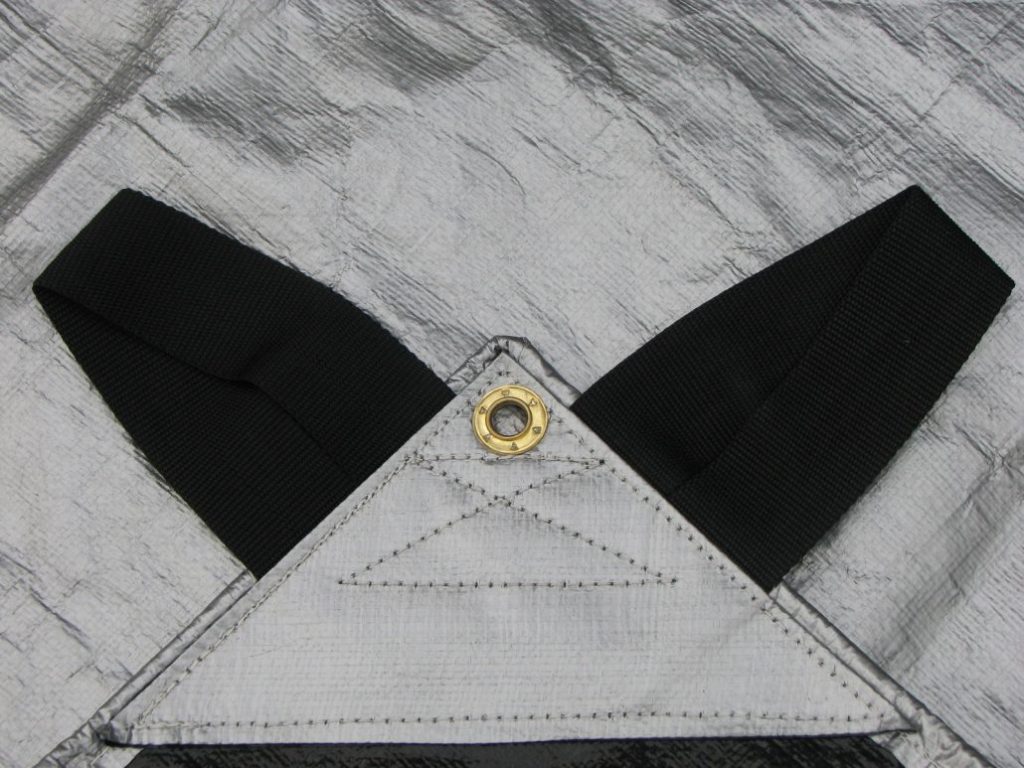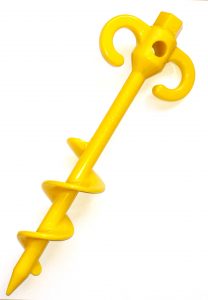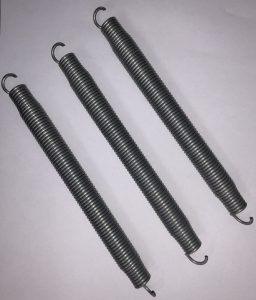As we enter the warmer months and harvest season is fast approaching, we thought it would be worthwhile to spend some time focusing on two questions.
Why use Hay Tarps and What is better Hay Tarps or Hay Caps?
Hay Tarps have become an integral component in maintaining the quality and volume of Hay yields, using Hay Tarps provide protection from a range of factors including inclement weather, and pests and provide ultraviolet (UV) protection. At ABC Tarps all our Tarpaulins and Covers are supplied with waterproof and UV protective scrim these protective coating ensures your harvest is protected from extreme conditions and elements.
The size of the Haystack will be determined by:
- The number of bales
- The type of bales being stored – large rectangular or round bales.
- The lifting capacity of the equipment on site
- OH & S issues such as space to locate the stack.
ABC Tarps offer a wide range of Hay Tarps that can be used for a range of types and configuration of Haystacks, our customer service line at 1300 656 211 or email info@abctarps.com.au can assist in providing suggestions as to what will be the best Hay Tarp that will best suit your specific needs:
Heavy Duty Dura-Tarp 4000 Sizes
|
METRES |
FEET |
|
3.6m x 16.4m |
12 x 54 |
|
3.6m x 27.0m |
12 x 90 |
|
6.0m x 16.4m |
20 x 54 |
|
6.0m x 22.5m |
20 x 74 |
|
7.5m x 22.5m |
25 x 74 |
|
8.3m x 9.0m |
27 x 30 |
|
10.0m x 12.8m |
33 x 42 |
|
10.0m x 16.4m |
33 x 54 |
|
10.0m x 22.5m |
33 x 74 |
|
12.0m x 21.0m |
40 x 70 |
It is imperative that a substantial amount of planning needs to be considered when building Haystacks, issues to consider include:
- The lay of the land is ideally an area that is flat with good drainage.
- Securing an area that is protected from the elements, including wind, sun, and rain.
- Is there any benefit in installing ground cover protection by way of placing the bales either on a ground sheet or potentially pallets – both will minimise water seepage and water being absorbed through the stack.
How to Secure Hay Tarps
All Hay Tarps supplied by ABC Tarps are supplied with eyelets and drag handles these are spaced on the metered interval – both create options as to where and how the Hay Tarps are secured. The design of the ABC Hay Tarps ensures that the performance and longevity of the Tarps are maximised.

Rope securing
The most cost-effective manner of securing the Hay Tarps is to utilise the weight of the Hay Bale to secure the Tarp, this is done by laying down lengths of rope on the metered interval (in line with the eyelets/drag handles) with approximately two meters of rope (or as required) that extends past the left and right bale. The Hay Bales are then placed on top of the rope and then the rope ends are fed through the eyelet and tensioned back on itself. The weight of the hay bales will secure the rope and the tarp.
Spring securing
Utilising springs when securing Hay Tarps can be used in conjunction with all of the above methods – the limiting factor will be the distance between the connection point and the fully extended spring. The advantage of using a spring with the Hay Tarps will mean that in the event of wind getting underneath the Tarp and causing it to lift (or balloon) the utilisation of springs will enable the Tarp to lift up marginally but then cause it to snap back in position due to the tension of the springs. The use of springs is strongly recommended as they tend to spread the load/pressure on the eyelets / drag handles.
Screw Peg
Securing Screw pegs are generally used on the Round Hay Bales given that they do not have any securing twine (that can be used to secure rope or springs to). The Screw Pegs are screwed into the side of the bale and rope, or twine is used to secure the Hay Tarps via the connection points on the screw pegs.
 .
.
Star Picket securing
when installing Hay Tarps, it is critical to ensure that the anchoring of the Tarps is as secure as possible, this will minimise the movement of the Hay Tarp and maximise the protection of the Hay and also the longevity of the Tarp. Star Pickets are a great solution where over-anchoring points are not viable.
A long-standing discussion that has been openly discussed within the agricultural community is What is better Hay Tarps or Hay Caps?
Hay Tarps have been previously discussed but Hay Caps are effectively a solid plastic cap (normally made from recycled plastic) that is placed on top of a Haystack, these are only used on flat haystacks providing protection to the top of the stack. The main issue with using a Hay Cap is that there is no protection provided to any portion of the haystack sides – these are left fully exposed to the elements including rain, UV, and pests. The degree of protection that Hay Tarps provides is ultimately limited by the size of the Hay Tarp. ABC Tarps’ range of sizes will ensure that your Haystack receives the greatest level of protection after all the risks that your haystacks are exposed to come from all directions not just the top.
For additional information or assistance at any stage with your Hay Tarps or Ag Tarp please contact ABC Tarps – 1300 656 211 or via email info@abctarps.com.au.
Below are some additional useful links that may be of assistance:
https://www.abctarps.com.au/how-to-maintain-and-take-care-of-your-tarps/
https://www.abctarps.com.au/securing-tarps-how-to-secure-your-tarps/
You Tube Video Hay Tarping Tips with Trent Gardiner – https://www.youtube.com/watch?v=Q1O8tw5Z3jE
Thank you for considering ABC Tarps.



